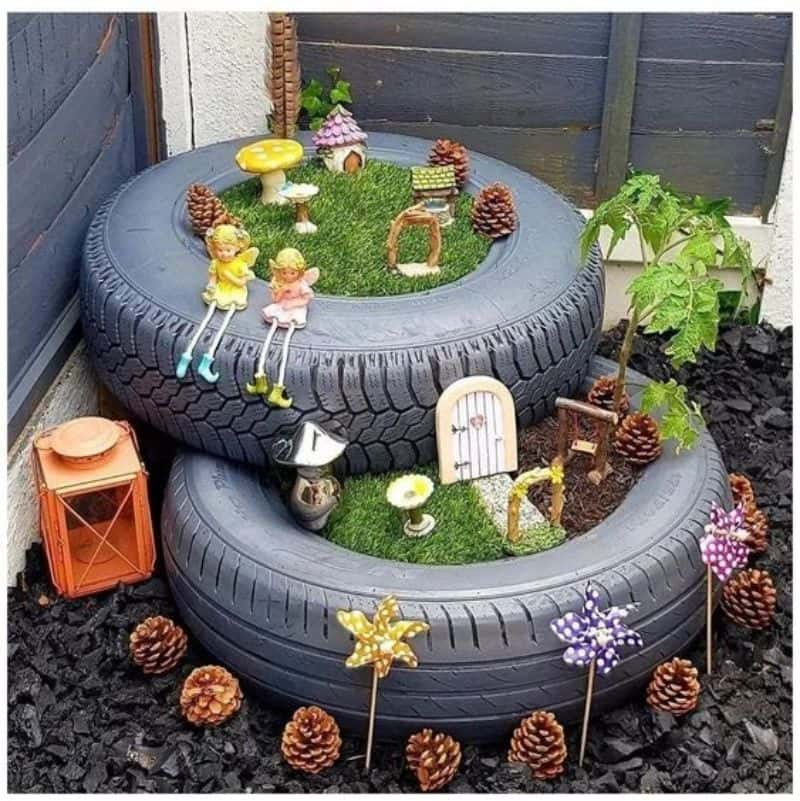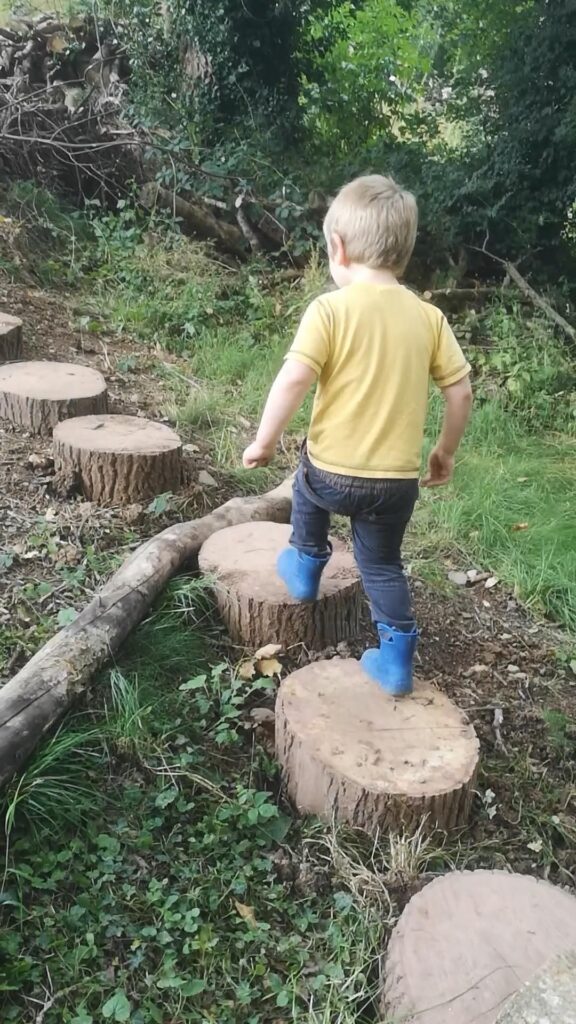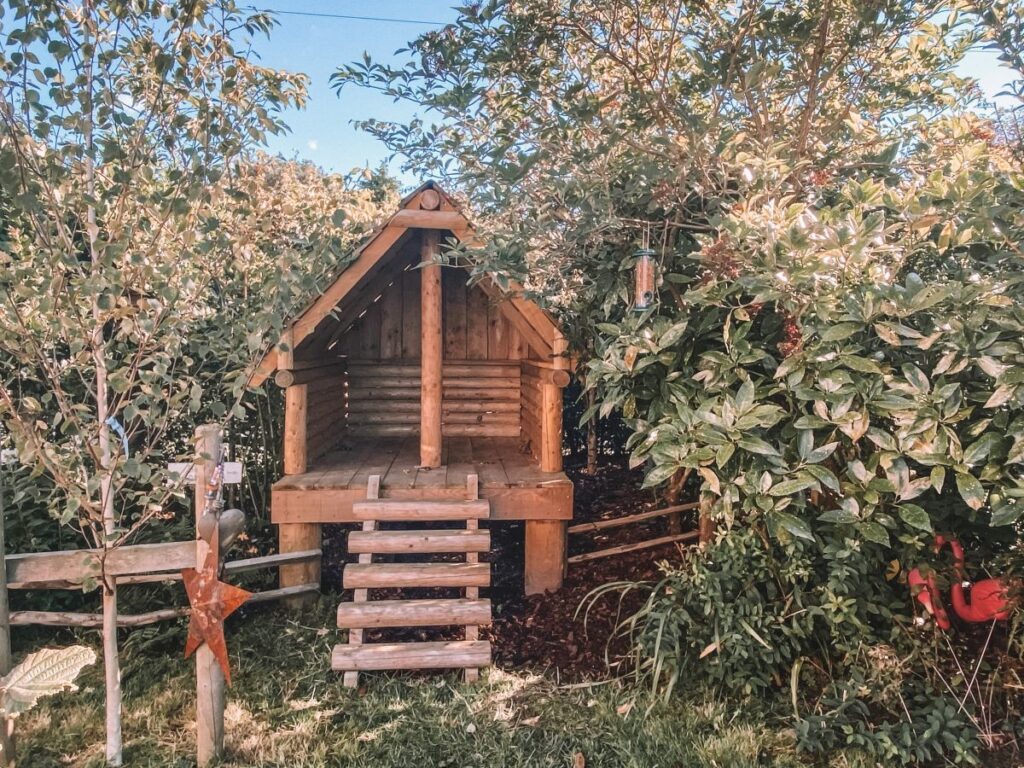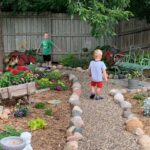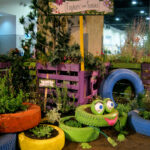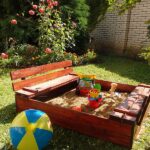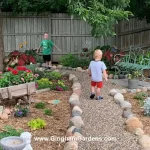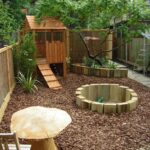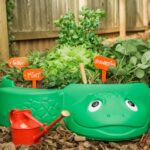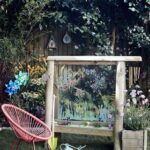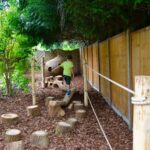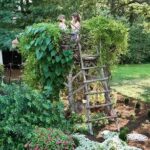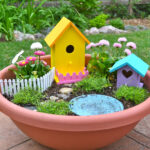Children’s Garden Ideas
Children’s gardens are a wonderful way to introduce young ones to the joys of nature and gardening. By creating a space specifically designed for kids to explore, play, and learn, you can foster a love for the outdoors and encourage a sense of responsibility for the environment. Here are some ideas for creating a fun and engaging children’s garden.
One popular idea for children’s gardens is to create a sensory garden. This type of garden includes plants that engage all five senses – sight, smell, touch, taste, and sound. You can include plants like lavender and mint for their strong scents, touchable fuzzy or prickly plants like lamb’s ear or cacti, edible plants like strawberries and cherry tomatoes, and plants that make noise when the wind blows, such as bamboo or tall grasses. A sensory garden provides an interactive and engaging experience for children as they explore and learn about the natural world.
Another fun idea for a children’s garden is to create a fairy garden. You can use small plants, miniature furniture, and whimsical decorations to create a magical and enchanting space for kids to play in. Children can use their imagination to create stories and adventures in the fairy garden, fostering creativity and storytelling skills. Fairy gardens are a great way to spark children’s imagination and encourage them to engage with the natural world in a fun and imaginative way.
To encourage children to get their hands dirty and learn about where food comes from, consider planting a vegetable garden in your children’s garden. You can plant easy-to-grow vegetables like cherry tomatoes, carrots, and radishes, and involve your kids in the planting, watering, and harvesting process. Growing their own vegetables can teach children valuable lessons about patience, responsibility, and the importance of fresh, healthy food.
If you have limited space for a garden, don’t worry – you can still create a fun and engaging children’s garden with container gardening. Use pots, baskets, and other containers to plant a variety of flowers, herbs, and vegetables that kids can tend to and watch grow. Container gardens are a versatile and low-maintenance option for children’s gardens, allowing you to easily move and rearrange plants as needed.
Finally, consider incorporating a wildlife habitat into your children’s garden to attract and observe local birds, insects, and other wildlife. You can add bird feeders, butterfly houses, bee hotels, and other features to create a welcoming environment for wildlife. Children can learn about the importance of biodiversity and conservation while observing and interacting with the animals that visit their garden. Creating a wildlife habitat in your children’s garden can help foster a love and appreciation for nature and wildlife in young ones.
